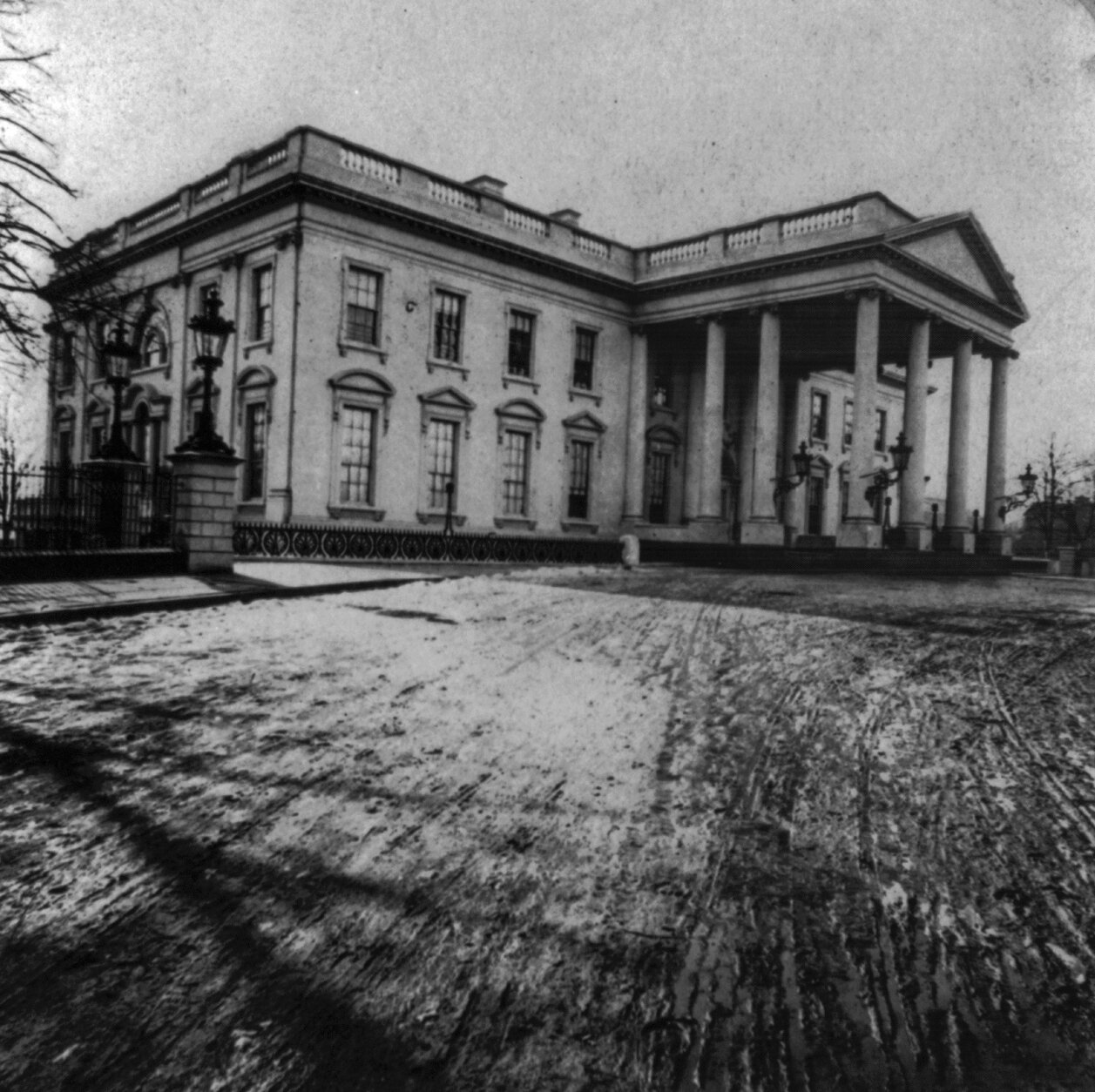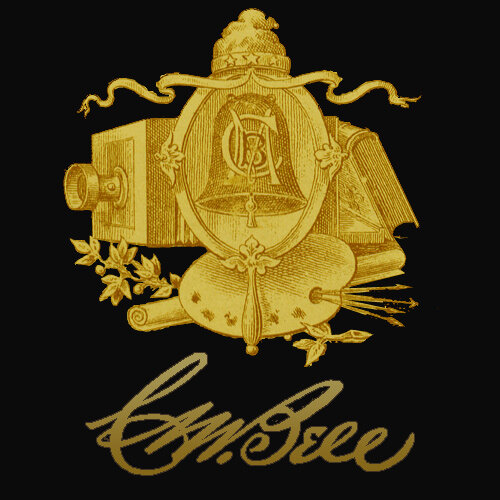

A Short History: “ . . . in behalf of an oppressed people.”
1862 Washington, D.C. Directory
The Bell Obelisk in Oak Hill Cemetery.
Charles Milton & Annie Colley Bell’s plot is to the right lower in Chapel Valley under the Holly Tree
The story of Bell & Brothers is, at its heart, an American story—one of perseverance, adaptation, and an instinct for reinvention that would span generations. It begins with Francis H. Bell, born in 1809 in Cornwall, New York, to Isaac Bell and Jemima Clark Bell. His father, a soldier in the War of 1812, met an early and mysterious end in 1813 in upstate New York, leaving Jemima to chart a new course for herself and her young son. She moved south, first to Berryville, Virginia, and later settled in Fredericksburg, where Francis would come of age and master the trade of gun and locksmithing. In 1832, he married Sarah Broadus Wood, and together they built a family of six boys and a daughter. By the early 1850s, Bell & Brothers had established themselves in Fredericksburg as gunmakers and locksmiths. Still, it was William H. Bell, Francis’s son, who saw an opportunity in the burgeoning world of photography. He began working with ambrotypes, a technique that was gaining popularity, and in doing so, set the family on a new path.
By 1857, as the nation teetered on economic uncertainty following the Panic of 1857, Fredericksburg’s future looked increasingly precarious, particularly as tensions between North and South escalated. Francis Bell, aware that war was looming and that his growing sons would soon be of age to fight in it, made the decision to relocate 55 miles north to Washington, D.C. It was a move of both pragmatism and foresight. By 1862, Bell & Brothers had shifted away from guns and locks, fully embracing photography and lithography. Their studio at 480 Pennsylvania Avenue placed them at the center of Washington’s bustling business district, joining 21 other photographers in the capital at a time when photographic documentation of the war and political life was in increasing demand.
The war years were both a time of professional expansion and personal heartbreak. Nephi and Thomas Bell, just 19 and 21 years old, had begun to advance the family’s photographic work. But in November 1862, Nephi died suddenly, a devastating loss for the family. Just a month later, the Battle of Fredericksburg ravaged the community they had left behind. Francis secured a family plot in Oak Hill Cemetery, not far from the grave of Willie Lincoln, the President’s young son, who had died earlier that year. Nephi’s image was embedded in a large obelisk, where it would face 57,500 setting suns over the decades. A year later, a daughter, Nephia, was born but lived only 15 months, another reminder of the fragility of life in that era. Yet the business pressed on. In 1864, as the war raged, Francis and James Bell expanded their work, documenting Civil War battlefields in addition to their portraiture.
The Civil War, however, did not mark the end of upheaval for the Bell family. Thomas Bell, who had enlisted in the Union Army in 1863, later sought another cause, joining Paraguay’s defense in the Paraguayan War. He died in 1866 at the Siege of Humaitá; far from home, his body never returned. The family honored him nonetheless, inscribing on the obelisk at Oak Hill: “His last efforts were in behalf of an oppressed people.” Meanwhile, the family business continued to evolve. Charles Milton Bell, the youngest of the Bell sons, had begun to take an active role in photography. In 1867, Bell & Brothers secured a contract under the 40th Congress, which would impeach President Andrew Johnson, to photograph buildings and national heritage sites, including Mount Vernon and the newly established National Cemetery at Arlington. The Bells specialized in stereographic cards, a new and popular format that allowed viewers to see images in three dimensions.
By 1872, the family business had begun to splinter. William Bell left the enterprise, while James Bell pursued a career in the U.S. Post Office. Francis Bell, aging and weary, withdrew from daily operations, leaving Charles Milton Bell, then in his early 20s, at the helm. By 1875, Bell & Brothers had effectively transitioned into two separate businesses: C.M. Bell Studios, focusing on portrait photography, and Bell Bros. Lithography Company, maintained by James and Charles with additional partners. In the years that followed, Matthew Brady and Alexander Gardner, two of the most famous photographers of the era, closed their studios, but C.M. Bell was only just beginning. By 1900, Charles Milton Bell stood alone among Washington’s portrait photographers, the last of the 21 studios operated in 1862.
By 1910, the era of Bell’s photographic dominance had ended. Following Charles Milton’s passing, his widow, Annie Colley Bell, closed the studio, bringing to a close an extraordinary chapter in the photographic history of Washington, D.C. From gunsmithing to ambrotypes, from war photography to stereographs, the Bell family had transformed themselves across generations, adapting to the changing tides of history with remarkable foresight. Through their work, they had documented a nation in flux and, in doing so, left behind an indelible visual record of an America that was constantly reinventing itself.
Bell Brothers’ Lithography Company, 1890
1900 Washington, D.C. Directory








